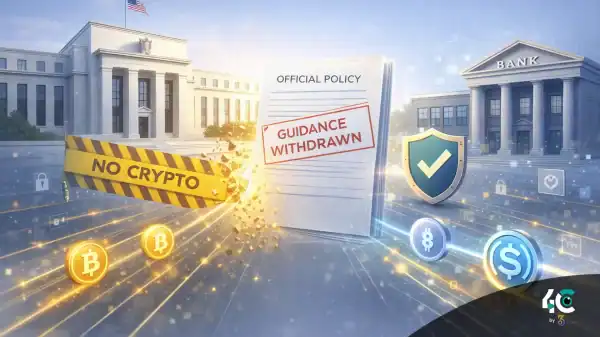For years, crypto regulation was treated like a dark cloud—hovering with the threat of crackdowns, fines, and innovation roadblocks. But in 2025, the tide is turning. Clear, coordinated rules across major jurisdictions are no longer a threat—they’re an invitation.
The New Bullish Narrative: Regulation Brings Growth
Until now, many institutional investors were hesitant to dip their toes into crypto. Unclear tax policies, murky classifications, and regulatory ambiguity kept trillions of dollars on the sidelines. But now, structured regulatory clarity is setting the stage for a new era of crypto adoption.
The frameworks are here. And they’re bullish.
Global Leaders Are Driving the Shift
United States – FIT21
The Financial Innovation and Technology for the 21st Century Act (FIT21), passed in late 2024, defined roles for the SEC and CFTC. For the first time, the U.S. has rules distinguishing commodities, securities, and crypto assets. That’s a game-changer—especially for institutional funds seeking legal certainty before entering the market.
Europe – MiCA
Europe’s Markets in Crypto-Assets (MiCA) regulation rolled out this year, bringing unified standards to 27 EU nations. Platforms must now disclose asset details, maintain stablecoin reserves, and enforce consumer protection. Europe is now a global hub for regulated DeFi and tokenized assets.
India – GIFT City
Once hostile to crypto, India has taken a 180-degree turn with GIFT City in Gujarat. This tax-free zone offers regulatory clarity, fast-track licenses, and a Web3-friendly infrastructure—becoming a magnet for global crypto firms and investors.
UAE and Hong Kong – Progressive Innovation Hubs
Both regions have built comprehensive licensing frameworks and public-private partnerships focused on Web3 innovation. Their forward-looking approach has transformed them into go-to destinations for blockchain startups, developers, and capital.
How Regulation Unlocks the Next Phase of Growth
- Institutions Need Compliance
Institutional investors can now allocate capital confidently, knowing projects meet strict legal and reporting standards. - Builders Can Build with Confidence
Developers have clear guidelines to follow, reducing legal risk and uncertainty. - Retail Users Gain Protection
With clearer custody rules, insurance protocols, and transparency, everyday users will feel safer entering the space.
Tokenizing the Real World
Crypto’s next frontier lies in tokenizing real-world assets (RWAs)—stocks, bonds, real estate, and more. With compliance frameworks in place, institutions are now experimenting with tokenized treasuries and bonds on public blockchains, pushing adoption of Layer 1s and oracles like Chainlink.
Winners Are Already Emerging
- Coinbase is onboarding major institutions thanks to its strict regulatory alignment.
- Chainlink’s CCIP is tailored for compliance in tokenized RWA environments.
- Avalanche is building regulated DeFi infrastructure with governments.
Why Clarity Equals Confidence
- Builders have a clear path to operate.
- Institutions can justify billion-dollar allocations.
- Mergers, acquisitions, and IPOs are picking up speed in regulated jurisdictions.
Conclusion:
Crypto isn’t dodging regulation anymore—it’s evolving with it. In 2025, regulatory clarity is proving to be one of the biggest bullish catalysts for the long-term future of digital assets. The projects that embrace this clarity will be the ones leading the charge in the next bull cycle. Regulation isn’t the end of crypto—it’s the foundation for its next explosive chapter.



































